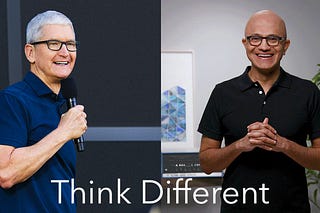






Anthony Soohoo: Reimagining How The Dots are Connected
Exploring the intersection of artificial intelligence, technology, and business, and their impact on the future of work, society, and human motivation.
Recommendations
Andrew Chen
tldrnewsletter
Gergely Orosz
Last Week in AI
Marc Andreessen
© 2025 Anthony Soohoo
Substack is the home for great culture


















